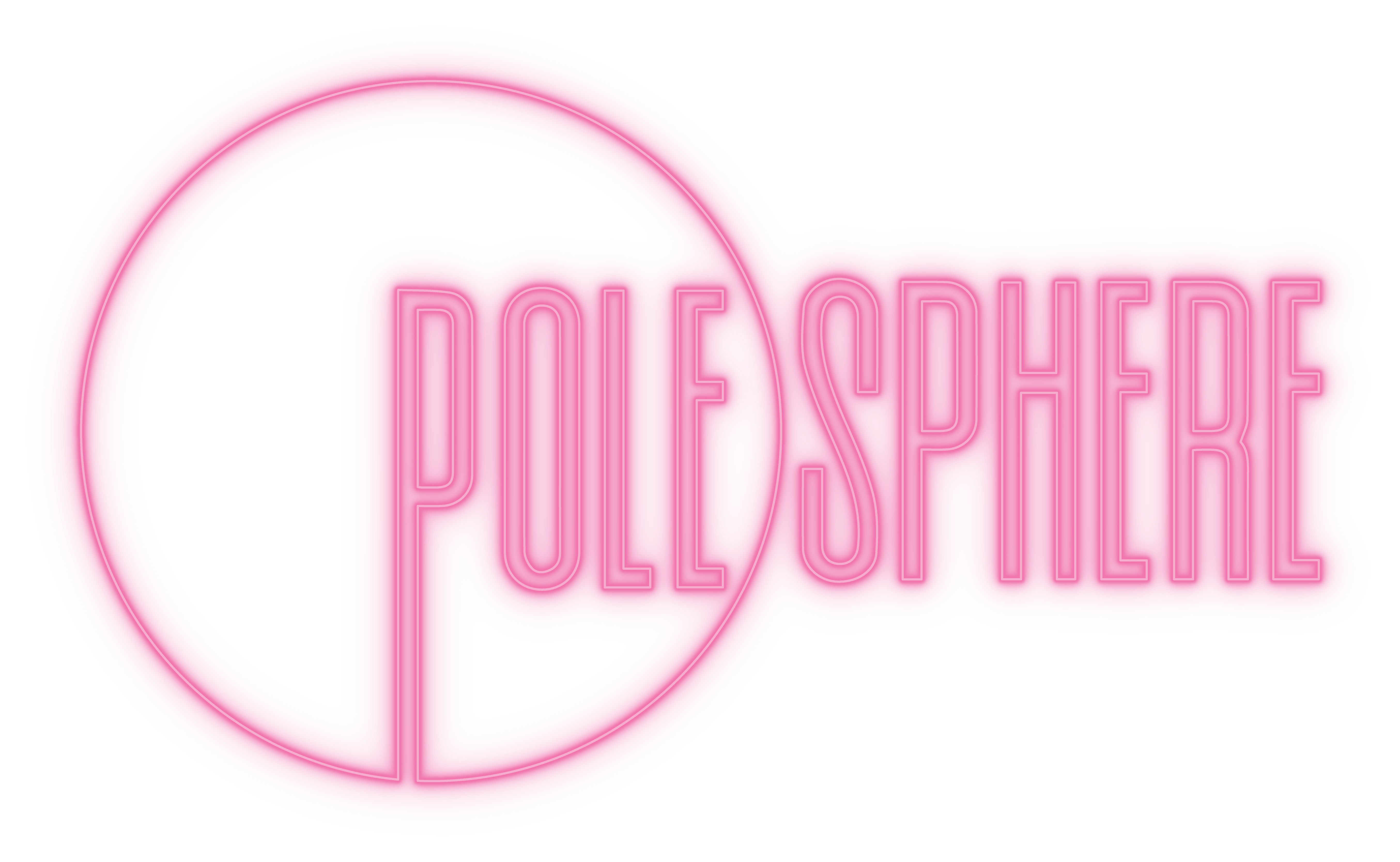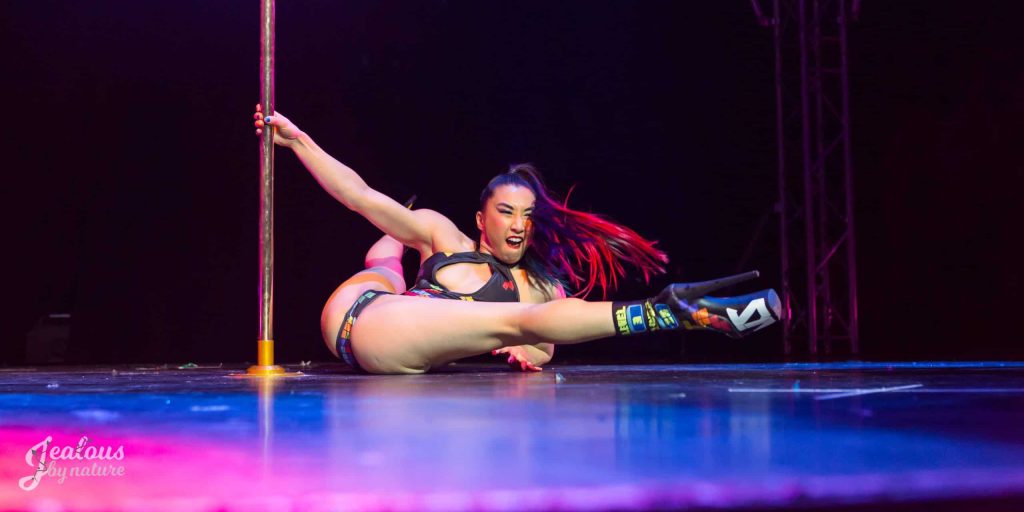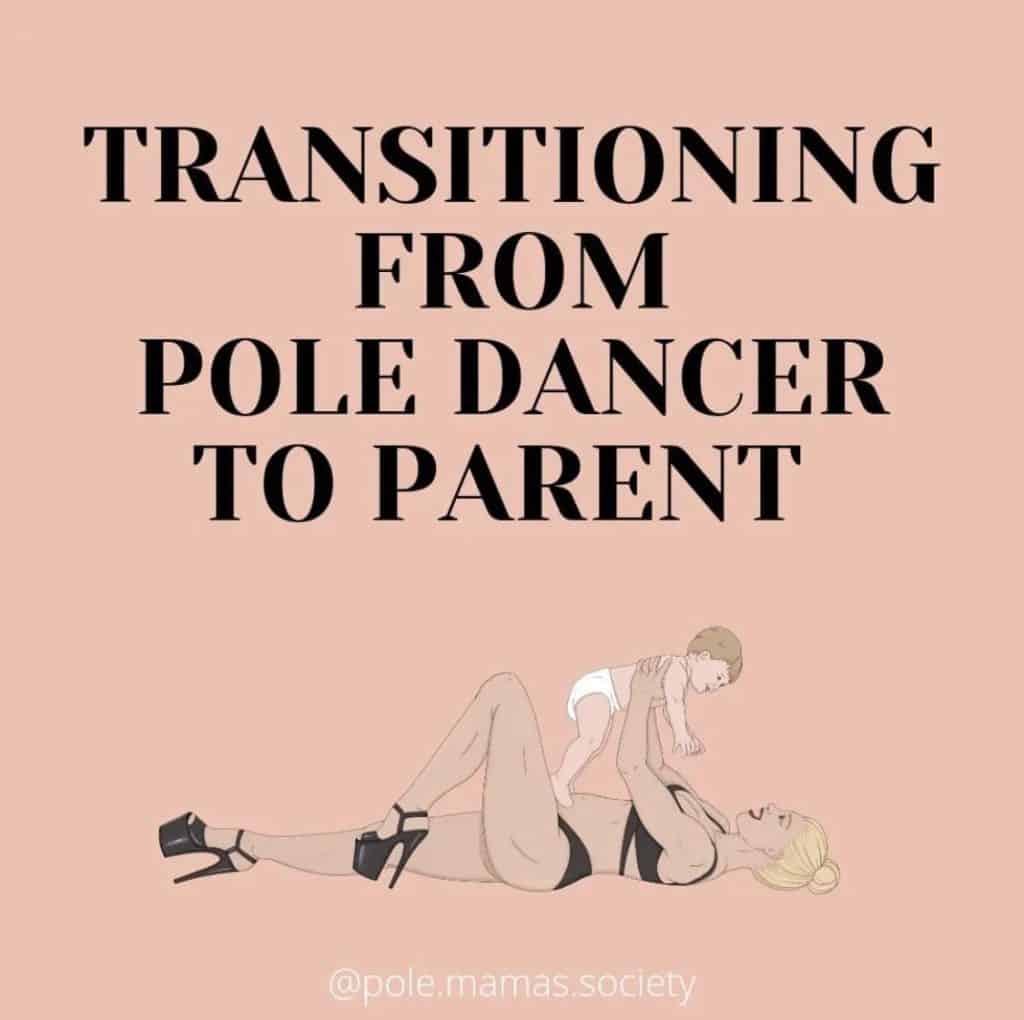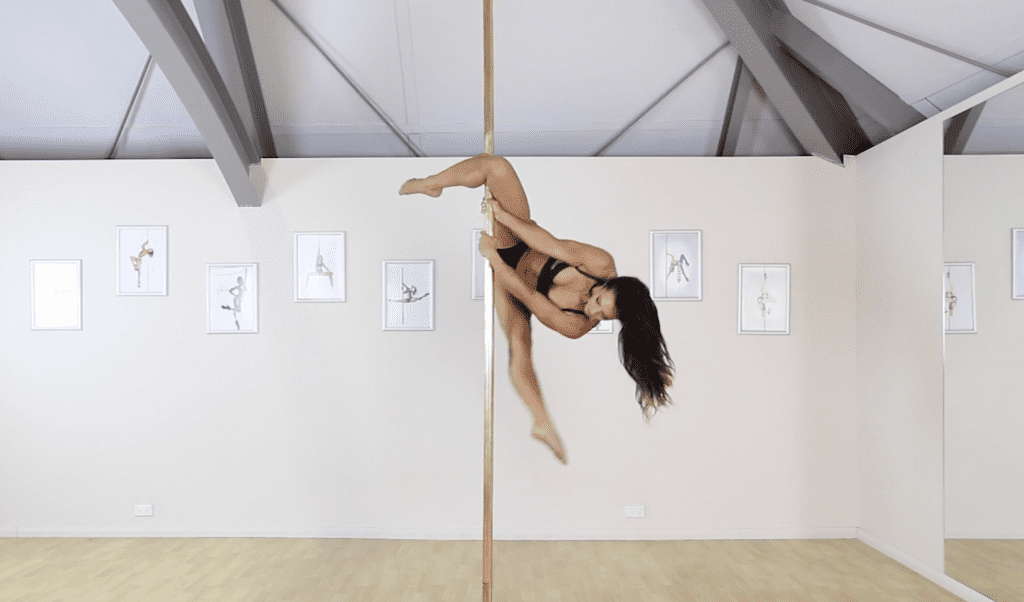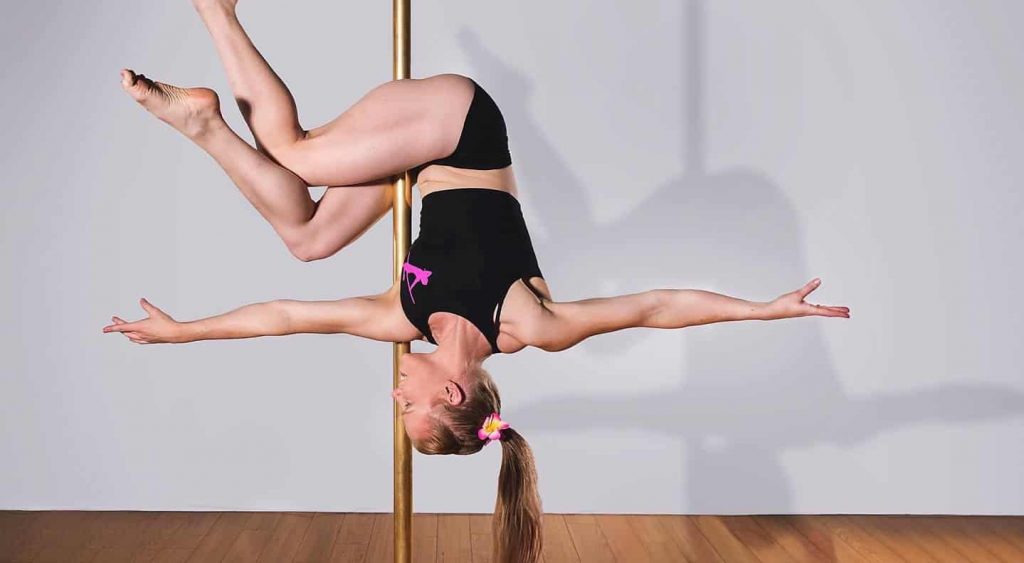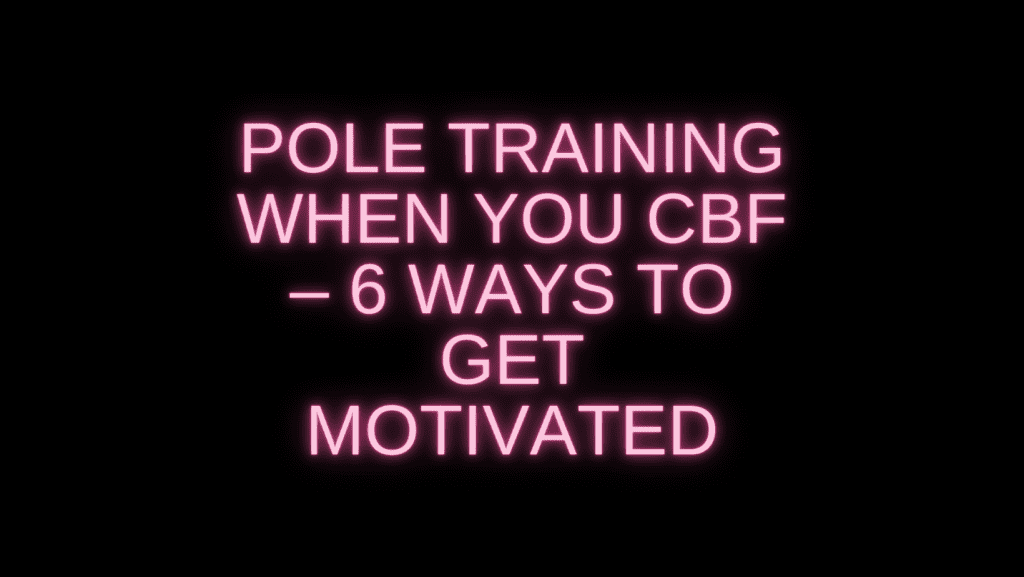Pole dancing is a captivating and physically demanding art form that requires dedication, perseverance, and a well-structured training plan. Setting goals for your training is crucial for tracking progress and staying motivated. By combining both long-term and short-term goal setting strategies, as well as implementing tips to stay on track, you can design an effective training plan that helps you reach your pole goals. In this article, we will explore the benefits of long-term and short-term goal setting, along with practical tips to stay focused on your pole journey!
Long-Term vs. Short-Term Goal Setting
Long-Term Goals: Providing Direction and Purpose
Long-term goals in pole dancing are the ultimate aspirations you aim to achieve over an extended period, such as months or even years. They act as guiding beacons, providing direction and purpose to your training. Long-term goals might include mastering tricks such as a flat Jade Split or a Handspring, choreographing a captivating routine for a studio performance night, competing in a pole dance competition, or becoming a certified pole instructor. These goals require sustained effort, consistent training, and dedication.
Short-Term Goals: Building Stepping Stones
Short-term goals are smaller, achievable milestones that contribute to your long-term aspirations. By breaking down your long-term goals into shorter intervals, you create a series of stepping stones that lead to success. Short-term goals could involve learning specific pole moves, improving flexibility, enhancing strength, booking in to some extra classes, trying a new skill such as crossfit or lyra, or perfecting your transitions on the pole. These goals help maintain motivation, provide a sense of accomplishment, and enable you to track progress more effectively.
Tips to Stay on Track with Your Training
- Define Clear and Specific Goals: Clearly define your pole dance goals, both long-term and short-term. Make them specific, measurable, attainable, relevant, and time-bound (SMART goals). Having this clarity will help you stay focused and committed to your training plan.
- Create a Training Schedule: Design a structured training schedule that suits your availability and goals. Consider factors such as frequency, duration, and the areas of focus (strength, flexibility, dance). Incorporate rest days to prevent burnout and allow your body to recover.
- Seek Professional Guidance: Enlist the help of experienced pole dance instructors or coaches who can provide expert guidance, assess your progress, and offer personalised training plans. Their knowledge and feedback will ensure you train safely and effectively.
- Mix Up Your Training: Variety is essential to maintain motivation and prevent plateaus. Include a mix of strength training exercises, flexibility routines, dance practice, and dedicated pole sessions. Engage in cross-training activities like yoga, pilates, or aerial arts to enhance your overall performance.
- Track Progress and Celebrate Achievements: Keep a training journal to record your progress, challenges, and achievements. Regularly review and evaluate your development to identify areas for improvement. Celebrate each milestone, no matter how small, to stay motivated and boost self-confidence.
- Stay Engaged in the Pole Community: Join pole dance communities, both online and offline, to connect with fellow pole enthusiasts. Participate in workshops, competitions, or pole showcases to gain inspiration and share experiences. Surrounding yourself with like-minded individuals fosters a supportive environment and encourages growth.
- Embrace Patience and Persistence: Progress in pole dancing takes time and effort. Embrace patience and understand that setbacks and plateaus are a normal part of the journey. Stay persistent, stay focused, and trust in your ability to overcome challenges.
Planning your pole dance training is essential for achieving your pole goals. Combining long-term aspirations with short-term milestones allows you to maintain direction, motivation, and a sense of accomplishment along the way. By setting clear goals, creating a structured training schedule, and celebrating your accomplishments, you will be reaching your goals in no time!
To help you with your goal setting we have created a pole goal action plan for you to download below.
Happy training!
Download your free Pole Goals Action plan here 👇
